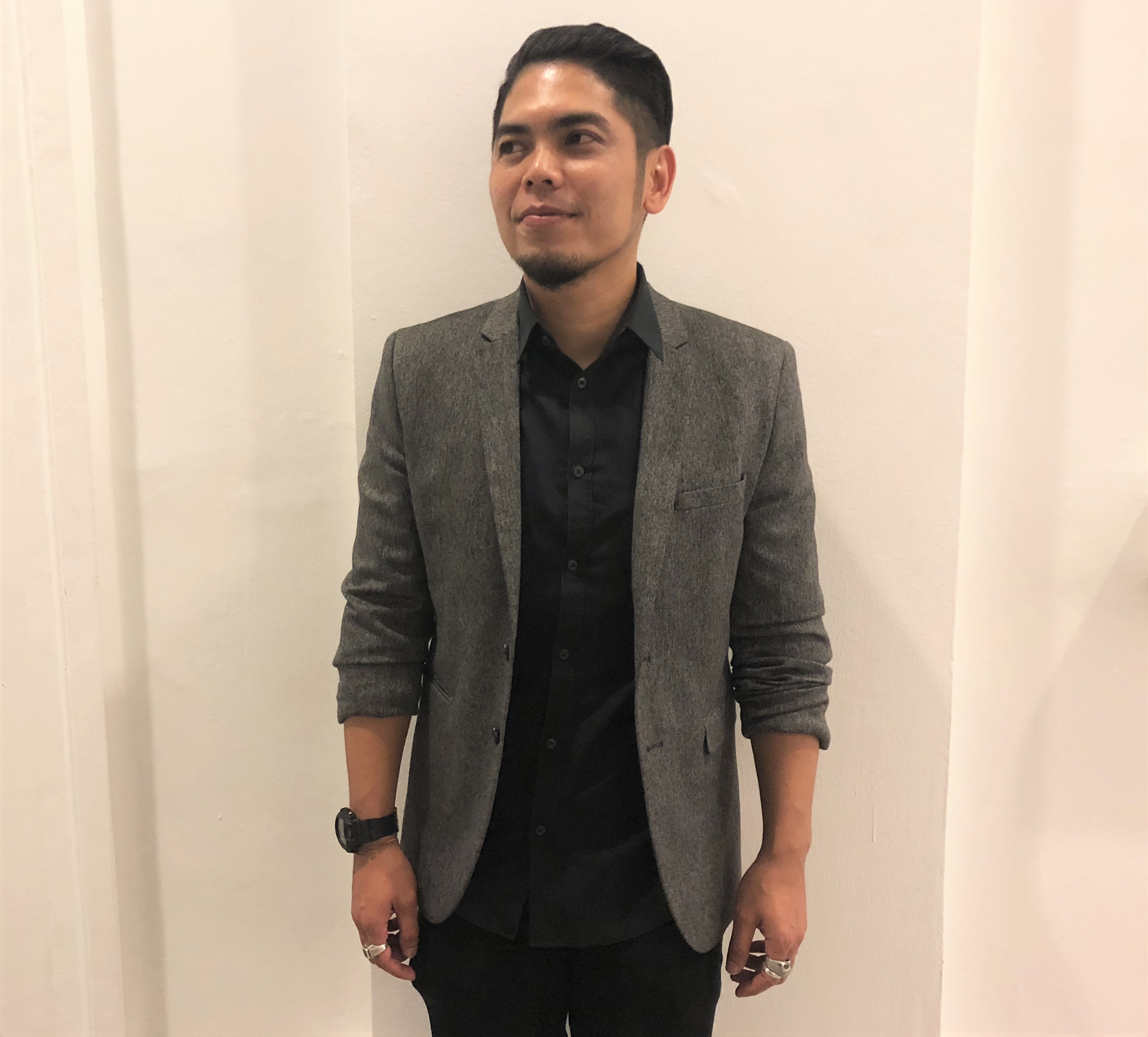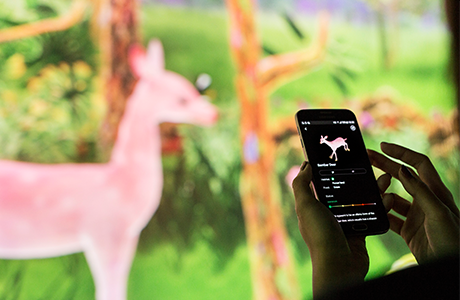Eyes to the Future: National Museum of Singapore Calls for Open Collaboration with Technologists
“Technologists have always had a role in museums — just perhaps not as obvious a role. We are hoping to encourage a step further, to say that technologists, engineers, software programmers do not just play a supportive role, but are very much creators in their own right.”
— Iman Ismail, Curator of the National Museum of Singapore

In 2017, as the National Museum of Singapore (NMS) celebrated its 130th anniversary, the attention was less focused on its momentous past but how tech-enabled experiences would play a central role in its future. It was in this spirit that DigiMuse was launched — a bold initiative to investigate how virtual reality and other digital technology can be adapted to deliver an experience that is immersive and unforgettable.
As part of DigiMuse, the National Museum has launched an open call for innovators, artists, and creatives to submit digital art and innovative concepts that enhance visitor experience at the museum. The call for proposals is open now through 15 March, 2018.
To NMS curator Iman Ismail, Digimuse is a natural evolution for the museum, and a key step is to partner with likeminded technology and creative communities that can help take this vision forward.
We interviewed Iman to learn more.
AVIXA: What prompted the National Museum of Singapore to explore the role of digital technology in the museum experience?
Ismail: In its 130 year history, the National Museum of Singapore has always been adaptive in how it has utilised emerging technology. What has shifted significantly in the past decade is how digital technology has changed the way our audience experiences the world around them. And this has also signalled the need to re-evaluate traditional models.
We started the Digimuse programme with the intention to seed new ideas for how technology, art, and history can come together to better connect audiences with the museum. We also aim to encourage a culture of experimentation within the arts and culture sector as a whole to build a broader understanding of how technology and culture can be mutually sustaining.
AVIXA: How do you define good applications of technology? Can you share examples?
Ismail: On one of our architectural tours, we used augmented reality to transport visitors back in time to view aspects of the museum that are no longer there. Technology allowed us to recreate moments in history that visitors would otherwise not have access to.
Whether it’s artificial intelligence, virtual reality, augmented reality, or mixed reality, good applications of technology should serve to excite museum-goers and bring fresh perspectives on history and culture. The museum as a storyteller seeks to build connections with our visitors at the cognitive and emotional level, and positive applications of technology should broaden the reach and extent of those connections.
 The Story of the Forest installation at the National Museum of Singapore. The app shown in photo allows visitors to snap pictures of regional flora and fauna and quickly access information on these species.
The Story of the Forest installation at the National Museum of Singapore. The app shown in photo allows visitors to snap pictures of regional flora and fauna and quickly access information on these species.
AVIXA: What do you see is the biggest hurdle that gives other museums a pause in the adoption of technology? How do you overcome that?
Ismail: A big fear is that technology would detract or distract visitors from its collections. The last thing we want are visitors who are glued to their mobile devices.
That being said, it is not a zero-sum game. Choices have to be made on when and how technology can be meaningfully employed. Museums are custodians of history and culture. They are not just buildings and works frozen in time. Instead, museums are spaces where history is given new meaning every day and inspirations are brought to life; where experiences are shared, evolved and continue to generate new meaning.
AVIXA: The coming together of art, culture, and technology in a museum setting is a fairly new endeavour. Can you shed some light on how you see the open innovation approach will bring more meaningful engagement with technologists?
Ismail: When we think of a museum, we tend to think of just the building, its collection, and its curators. The reality is there is a much larger ecosystem coming together that allows the museum to function, including conservation science, exhibition design, lighting and sound design.
Technologists have always had a role in museums — just perhaps not as obvious a role. We are hoping to encourage a step further, to say that technologists, engineers, software programmers do not just play a supportive role, but are very much creators in their own right.
Taking an open innovation approach, we hope to partner with both local and international experts in different fields to develop new projects in the digital space and encourage creative experimentation. We look forward to seeing the interesting and ground-breaking outcomes that emerge from this cultural innovation process.





